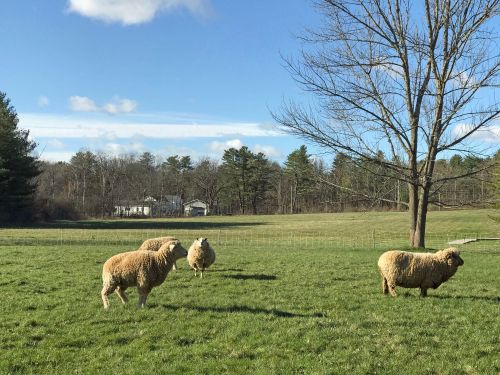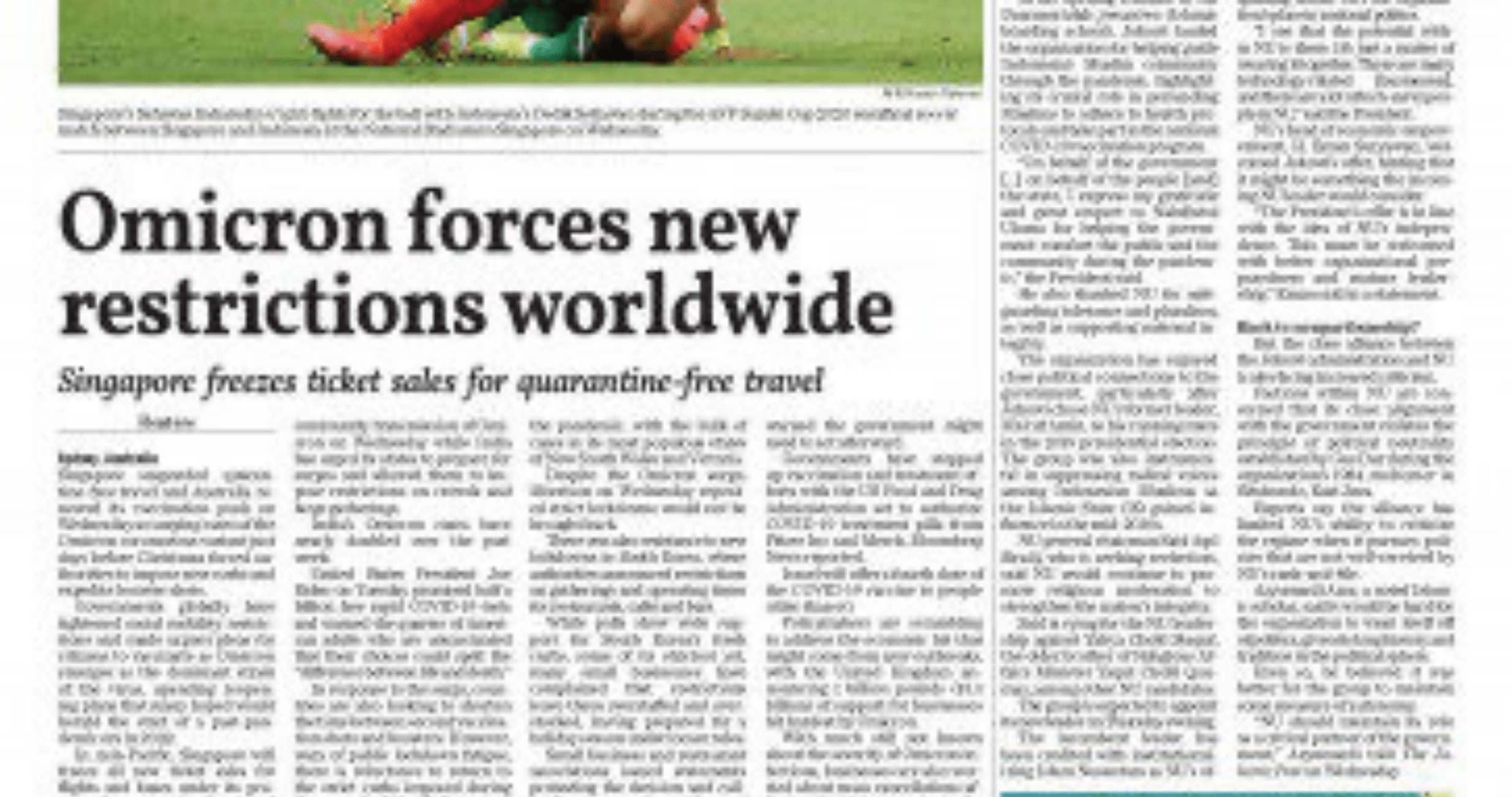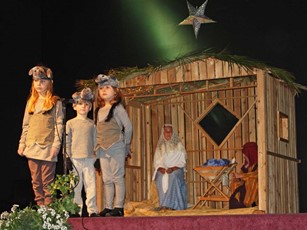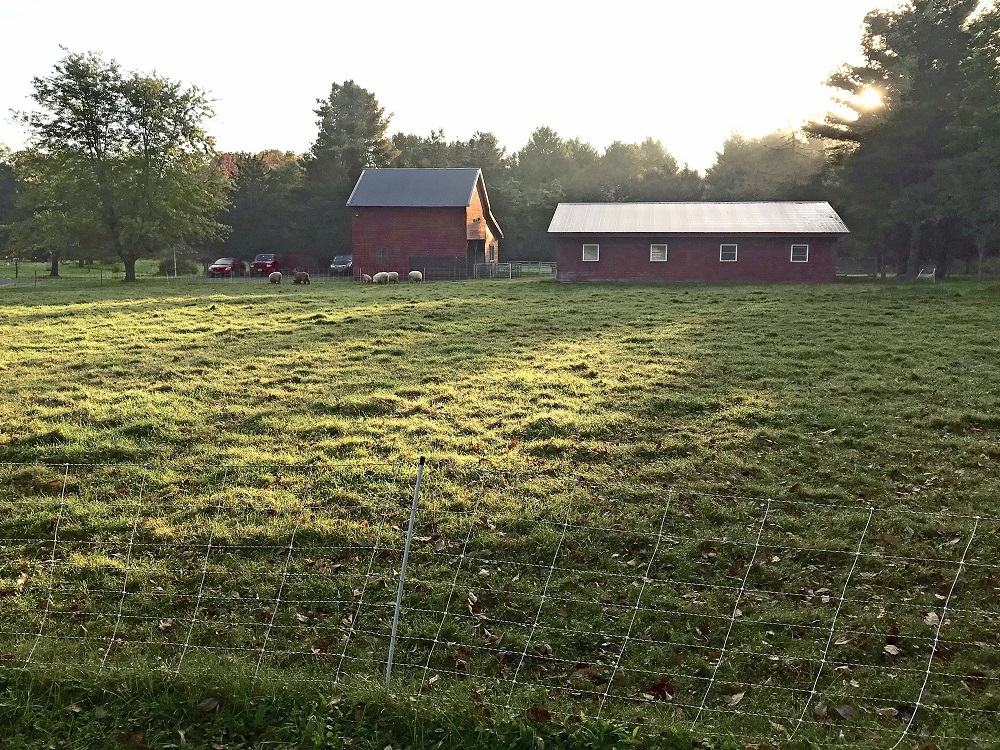This year, April 4 was a perfect spring day in Upstate New York. April has always been Deborah’s favorite month and this day showed why. The crocuses had come into bloom, there was bright sunshine with cool refreshing breeze, and the sheep were out to the first green pasture. But all was not fully well this year on New Fadum Farm. We had been in a strict self-imposed quarantine for over a month. Our daughter was pregnant and her obstetrician had advised her that the science was not yet in on the possible impact of the Corona virus on a newborn’s immune system. We were treating our unborn granddaughter as a person potentially at high risk from the virus. A dark cloud was hanging over the brightness of this spring day.
I was surprised that morning when my Skype connection began ringing, discovering that Ali Mashayekhi was calling from Tehran. What could Ali want? Ali and I had been office mates at MIT in the early 1970s where we were both studying computer simulation modeling using system dynamics. Deborah and I had enjoyed traveling over much of Iran in the back of a Land Rover with Ali and his wife, Parivash, along with one of their sons, and two of our three daughters in 1990. On this spring day, it was good to see both Ali and Parivash’s faces on the Skype screen, but why had he called?
Iran was in the news as one of the countries hit hardest early on by the COVID-19 pandemic. As Iran struggled to cope, Ali was watching and studying the pandemic closely. Like most professional system dynamicists, Ali had built computer simulation models of the spread of an epidemic in one of the problem sets in his first year graduate class and had studied such models of disease since then. Ali had spent several weeks before he called on that Saturday morning modeling the outbreak of COVID-19 in Iran. He had focused on scenarios that might develop between now and the time when a vaccine might finally be available and widely distributed. He was searching for ways that the soon-to-appear availability of widespread, affordable testing could support a safe return to work for the Iranian economy, optimizing the balance between medical safety and economic activity. Ali had used his model as a scenario briefing tool for governmental decision-makers in Iran (you can see Ali’s briefing PowerPoint slides by referring to the ‘Technical Modeler’s Notes” in any of these Diary entries). Ali was offering the free use of this model to people the United States. Ali wanted to know if I would help write up his results for an English-speaking audience.
The next day, Palm Sunday, a group of us reconvened on Zoom to hear Ali give us a briefing on his model. Among those present was my former student, Dan Gordon. Back when our daughters were in middle school, Dan and I had worked together supervising students building stage sets for the school musical. More to the point, Dan had just retired from a career in the New York State Department of Health as an epidemiologist who worked with the numbers and participated in building models that informed state policy on topics such as treatment and control of HIV-AIDS. Dan was well-trained in system dynamics modeling.
I was late for “church” that Palm Sunday. Three generations of our family had gathered in my daughter’s family room to celebrate an odd form of online communion, another paradox of the pandemic—celebrating being together “in communion” by online video while physically separated. But I was glad to be late because hearing Ali’s presentation was easily worth it. I was stunned by the piercing clarity of Ali’s model and of his talk. He laid out in precise mathematical terms many of the scenario-based issues that we in Upstate New York will be grappling with in the coming months and years until a Corona virus vaccine becomes widely available.
After giving Ali’s model a fast read, Dan concluded that it was doing a good job bringing together a number of issues that were addressed in more depth in other modeling efforts that used US-based data. Dan’s insight led us to conclude that the audience for Ali’s model was not the governor of New York, let alone places such as the White House or the US Center for Disease Control. Instead, the audience for Ali’s model should be ordinary people who need to understand what’s going on with COVID-19 well enough to figure out what to do with their daily lives. This audience does not need precise point predictions about when the first wave will peak, nor how high it will be and exactly how many hospital beds and respirators will be needed.
My daughter’s family needs guidance on how to think through scenarios to keep their soon-to-be born daughter healthy and well. The pastor at our local Presbyterian church needs to figure out how we can return to face-to-face worship while at the same time protecting the health of frail elderly in our church. My brother needs to figure out how to meet the payroll for forty or so employees of his actuarial consulting firm during a time when many of his clients, themselves small business owners, are struggling financially.
These stories translate the saga buried within the differential equations of Ali’s model and piles of data that Dan collects and analyzes into ordinary language that we hope you find to be a useful and interesting guide to your thinking about how to manage your lives over the next 18 to 36 months.





